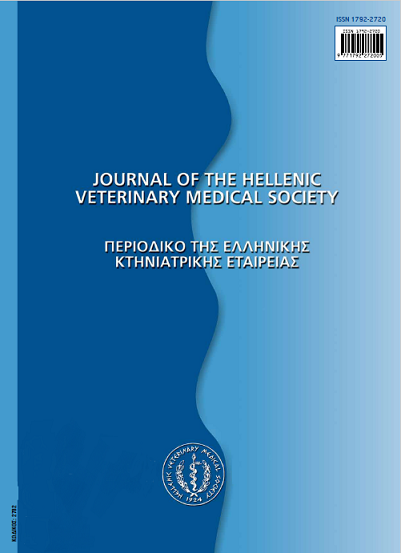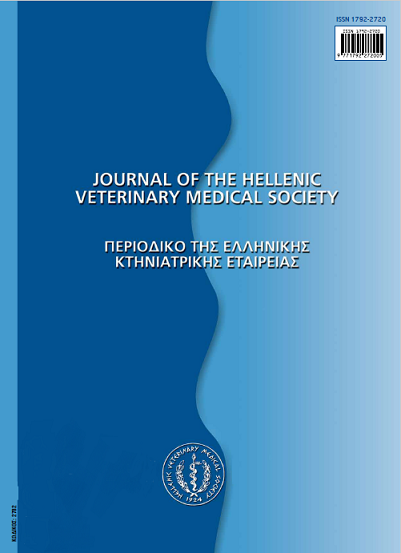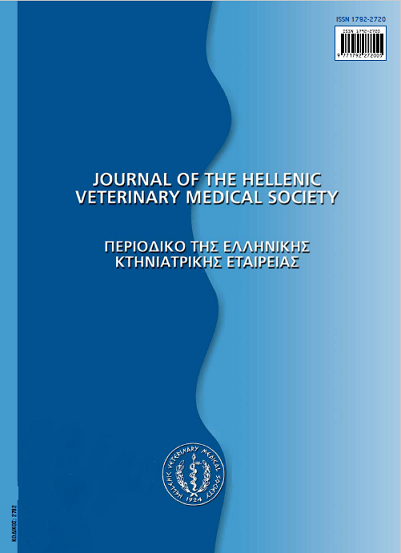New vaccination protocols for the dog and cat: the challenge of today for a better and safer prevention
Аннотация
Vaccinations are an integral part of a comprehensive preventive health care program targeting to minimize the incidence of major canine and feline infectious diseases. Currently, vaccination practices are re-evaluated globally towards a twofold objective: to strengthen "herd immunity", which depends on the percentage of vaccinated animals in a population, and to reduce the "vaccine load" per animal in order to minimize the vaccine-associated adverse reactions. To this end, the updated canine and feline vaccination guidelines, encourage the vaccination of as many animals as possible, while at the same time classify the vaccines into core, non-core and not recommended. Core vaccines should be administered, if possible, to every dog and cat.Canine parvovirus-2, canine adenovirus-2, canine distemper virus, feline parvovirus, feline calicivirus/herpesvirus-1 and rabies vaccines fall into this category. Non-core vaccines are selectively given to dogs and cats after assessing the risk/benefit ratio. There are also vaccines for which there is currently no sufficient scientific evidence to justify their use. Importantly, after the one-year booster inoculation that follows the completion of the initial puppy/kitten vaccination series, core vaccines should be given no more frequently than every three years, as the duration of the protective immunity far exceeds this time interval. This review focuses on the updated canine and feline vaccination guidelines pertaining to the individual animal as well as to those living in groups. Important questions related to vaccination programs and to relevant adverse reactions are also answered. An effort has been made to align these guidelines according to what is considered a "norm" among the small amimal practitioners in Greece.
Article Details
- Как цитировать
-
MYLONAKIS (Μ.Ε. ΜΥΛΩΝΑΚΗΣ) M. E., KOUTINAS (Α.Φ. ΚΟΥΤΙΝΑΣ) A. F., SARIDOMICHELAKIS (Μ. ΣΑΡΙΔΟΜΙΧΕΛΑΚΗΣ) M., KOUTINAS (Χ.Κ. ΚΟΥΤΙΝΑΣ) C. K., SOUBASIS (Ν. ΣΟΥΜΠΑΣΗΣ) N., ADAMAMA-MORAITOU (Κ.Κ. ΑΔΑΜΑΜΑ-ΜΩΡΑΪΤΟΥ) K. K., & KONTOS (Β.Ι. ΚΟΝΤΟΣ) V. I. (2017). New vaccination protocols for the dog and cat: the challenge of today for a better and safer prevention. Journal of the Hellenic Veterinary Medical Society, 62(3), 257–274. https://doi.org/10.12681/jhvms.14858
- Выпуск
- Том 62 № 3 (2011)
- Раздел
- Review Articles
Authors who publish with this journal agree to the following terms:
· Authors retain copyright and grant the journal right of first publication with the work simultaneously licensed under a Creative Commons Attribution Non-Commercial License that allows others to share the work with an acknowledgement of the work's authorship and initial publication in this journal.
· Authors are able to enter into separate, additional contractual arrangements for the non-exclusive distribution of the journal's published version of the work (e.g. post it to an institutional repository or publish it in a book), with an acknowledgement of its initial publication in this journal.
· Authors are permitted and encouraged to post their work online (preferably in institutional repositories or on their website) prior to and during the submission process, as it can lead to productive exchanges, as well as earlier and greater citation of published work.












